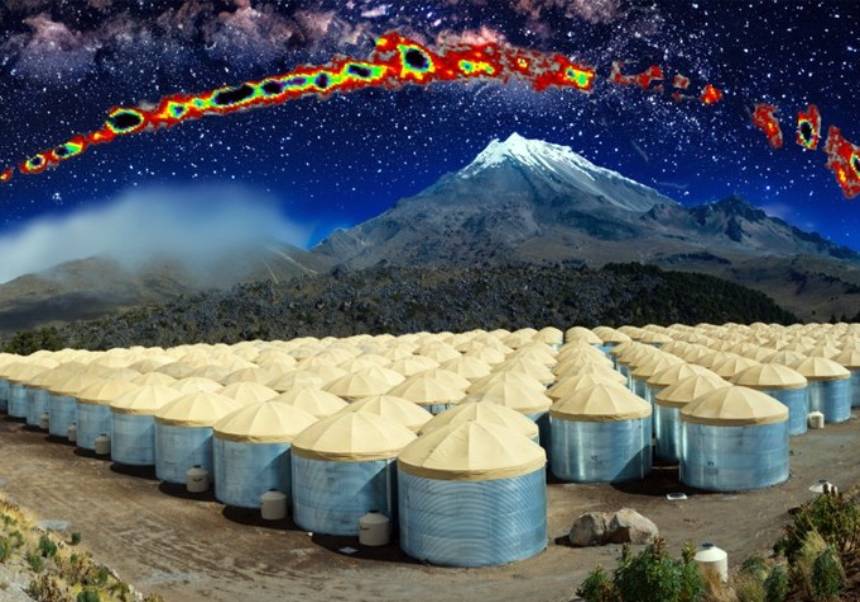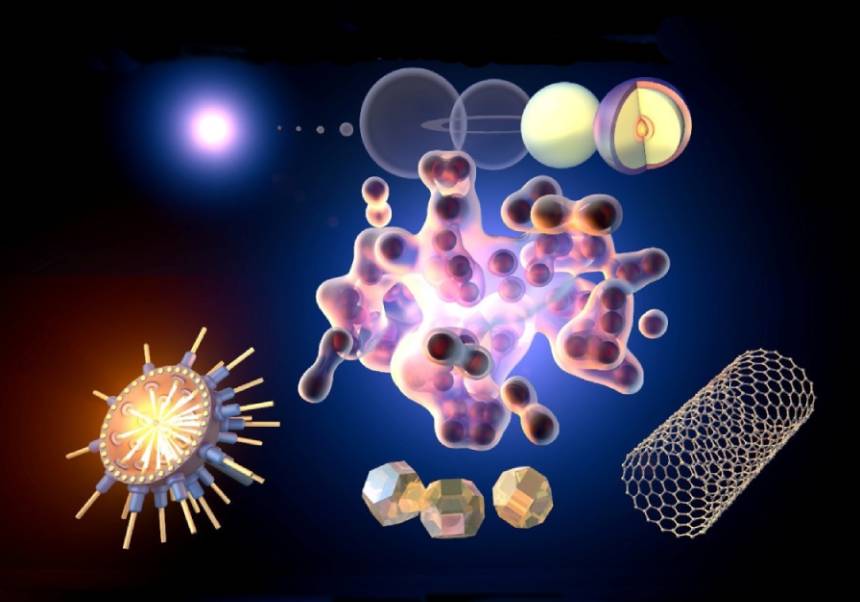Concludes the extraction of the Phoenician wreckage Mazarrón II
- Marketing and Communication Services
- Julia Biviana Sorni Moreno
- December 9th, 2024
The Phoenician wreckage Mazarrón II, a ship sank 2.600 years ago in the Murcia coast, is considered a key discover for maritime archaeology, naval construction knowledge and commerce on the old Mediterranean. This project, headed by the Universitat de València and the Counsellor of Culture from Murcia, has been led by the experts Agustín Diez Castillo and Carlos de Juan.
A treasure from maritime history
The Mazarrón II stands out as an exceptional discover by conserving intact its original woodwork, which opens a unique window to the naval Phoenician construction techniques. While the Greek archaic embarkations have been widely documented, the Phoenician ships have prevailed on mystery. This price, in good state of conservation, provides essential data about a ‘maritime koine’, a cultural and technological space that connected the Mediterranean Levante with Egypt, Cyprus and Anatolia.
Preliminary discovers
The initial analysis of the wood reveal a combination of typical Phoenician techniques and local adaptations, probably done by communities influenced by this civilization. However, some construction methods still defy the current interpretations, which underlines the necessity of more research.
Project Phases
The project is developed around two principal periods: the extraction of the wreckage, began on September, and the following restoration of the materials. Now, the rests will be conserved in the laboratory ARQUAtec, under the supervision of the Ministry of Culture and with the collaboration of the Universitat de València. This specialized centre will continue the restoration work and study, assuring the preservation and the analysis of this invaluable historic legacy.
Related News:
The UV leads the extraction of a Phoenician boat in Mazarrón, Murcia.
The extraction of the Mazarrón 2 begins: a subaquatic archaeology pioneer project led by the UV
File in:
















